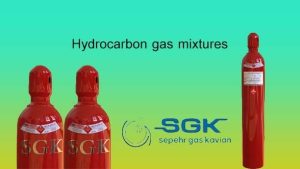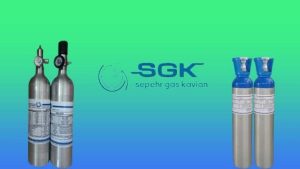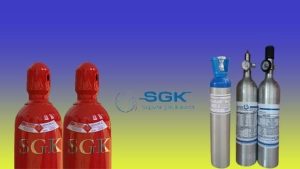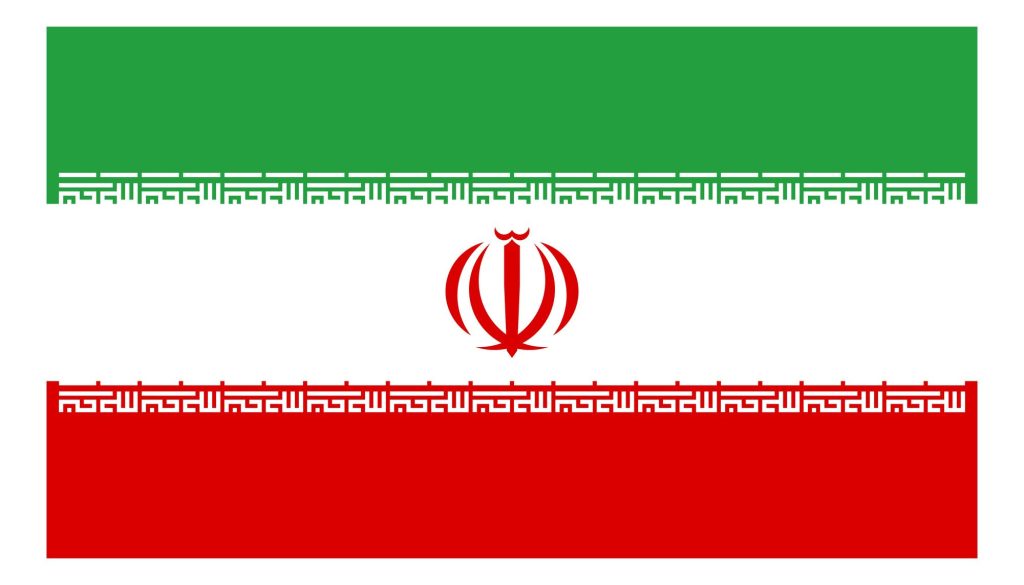Hydrocarbon gas mixtures
Hydrocarbon gas mixtures are mixtures of gaseous hydrocarbons. They are typically composed of methane, ethane, propane, and butane, but may also contain other hydrocarbons, such as pentane, hexane, and heptane.
The composition of these gases can vary depending on the source of the mixture and the intended application. For example, mixtures used for fuel may have a higher concentration of methane, while mixtures used for chemical feedstock may have a higher concentration of propane and butane.
Hydrocarbon gas mixtures are flammable and can be hazardous if not handled properly. They should be stored in approved containers and used in well-ventilated areas.
Sepehr Gas kavian Company produces hydrocarbon compounds such as methane, ethane, propane, etc., with ISO 17025 certificate.

Applications of Hydrocarbon gas mixtures
These gases have a wide range of applications, including:
Fuel: Hydrocarbon gas mixtures are used as fuels for heating, cooking, and power generation. They are also used as fuels for vehicles, such as cars, trucks, and buses.
Chemical feedstock: Hydrocarbon gas mixtures are used as feedstock for the production of a wide variety of chemicals, including plastics, fertilizers, and solvents.
Refrigerants: These gases are used as refrigerants in air conditioners and refrigerators. They are also used as blowing agents in the production of foam plastics.
Inert gases: Hydrocarbon gas mixtures can be used as inert gases in welding and other applications where the presence of oxygen is not desired.
Solvents: These gases are used as solvents in a variety of applications, including the cleaning of electronic components and the extraction of chemicals from plants.
Hydrocarbon gas mixtures specific application
The specific application of a hydrocarbon gas mixture will depend on the composition of the mixture and the desired properties of the final product. For example, a mixture with a high concentration of methane will be more suitable for use as a fuel, while a mixture with a high concentration of propane will be more suitable for use as a refrigerant.
These gases are flammable and can be hazardous if not handled properly. They should be stored in approved containers and used in well-ventilated areas.

Hydrocarbon gas mixtures, G series calibration gas types
There are many different kinds of hydrocarbon gas mixtures, but some of the most common include:
Natural gas: Natural gas is a mixture of methane, ethane, propane, and butane. It is the most common type of hydrocarbon gas mixture.
Liquefied petroleum gas (LPG): LPG is a mixture of propane and butane that has been liquefied under pressure. LPG is often used as a fuel for heating, cooking, and power generation.
Liquefied natural gas (LNG): LNG is natural gas that has been liquefied under very low temperatures. LNG is often used as a fuel for ships and power plants.
Petroleum distillates: Petroleum distillates are a group of hydrocarbon gas mixtures that are obtained from crude oil. They include gasoline, diesel fuel, jet fuel, and kerosene.
Aerosol propellants: Aerosol propellants are hydrocarbon gas mixtures that are used to propel the contents of aerosol cans. They typically contain a mixture of propane, butane, and isobutane.
The composition of hydrocarbon gas mixtures
The composition of hydrocarbon gas mixtures can vary depending on the source of the mixture and the intended application.
For example, mixtures used for fuel may have a higher concentration of methane, while mixtures used for chemical feedstock may have a higher concentration of propane and butane.
These gases are flammable and can be hazardous if not handled properly. They should be stored in approved containers and used in well-ventilated areas.

What is the reference gas in the Hydrocarbon gas mixtures?
A reference gas is a gas that is used as a standard for comparison when measuring the properties of other gases. In the case of hydrocarbon gas mixtures, the reference gas is typically methane. This is because methane is the simplest hydrocarbon gas and has a well-defined set of properties.
The use of a reference gas allows for accurate measurements of the properties of other gases in a mixture. For example, the specific gravity of a hydrocarbon gas mixture can be determined by comparing the weight of the mixture to the weight of an equal volume of methane.
The reference gas is also used to calibrate gas analyzers. Gas analyzers are instruments that measure the concentration of different gases in a mixture. By calibrating the gas analyzer with a known concentration of methane, the accuracy of the analyzer can be ensured.
In addition to methane, other gases that can be used as reference gases for hydrocarbon gas mixtures include nitrogen, argon, and carbon dioxide. The choice of reference gas will depend on the specific application.





